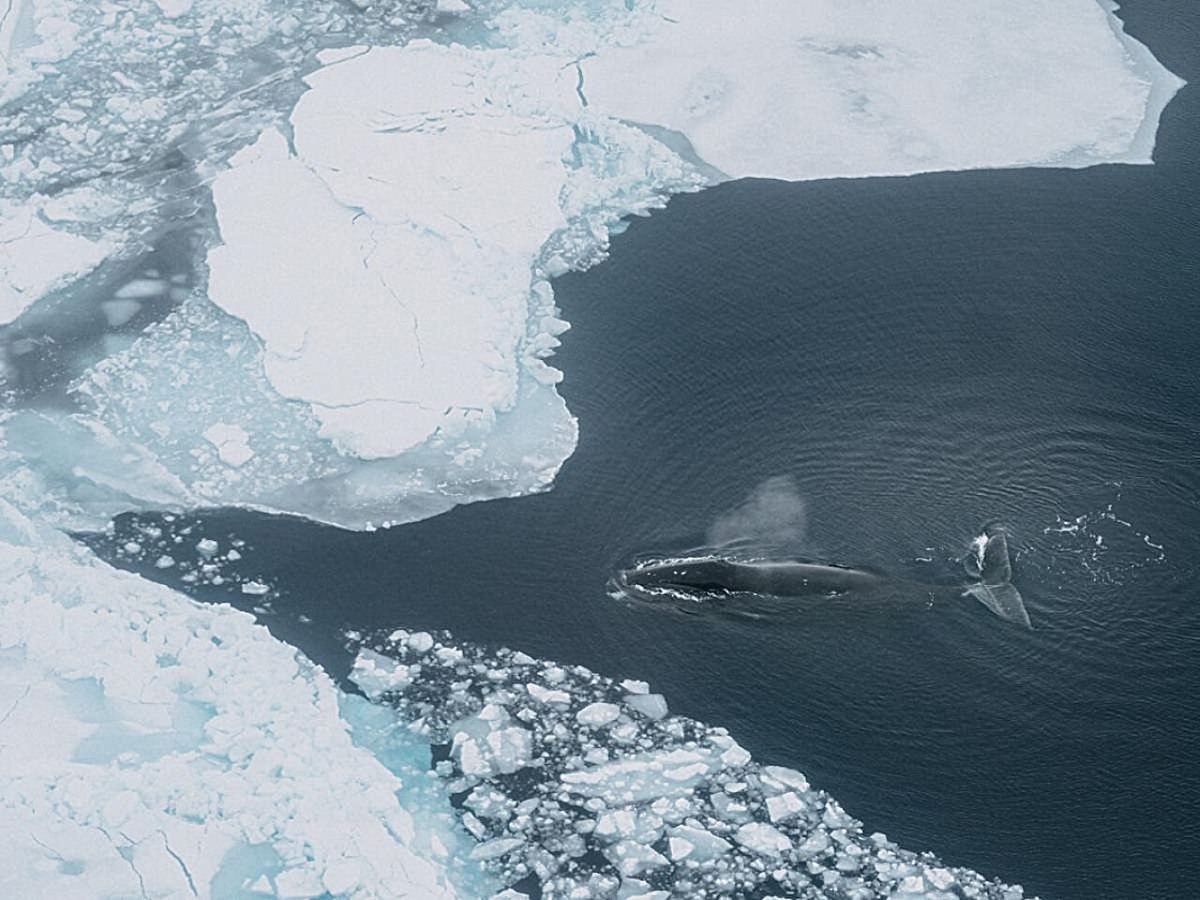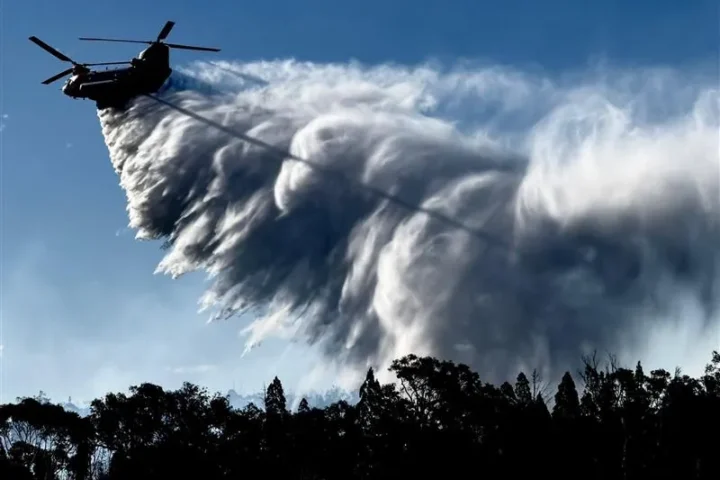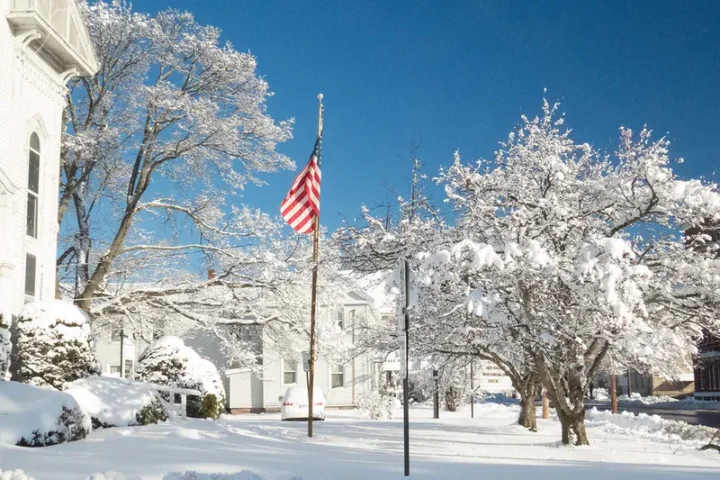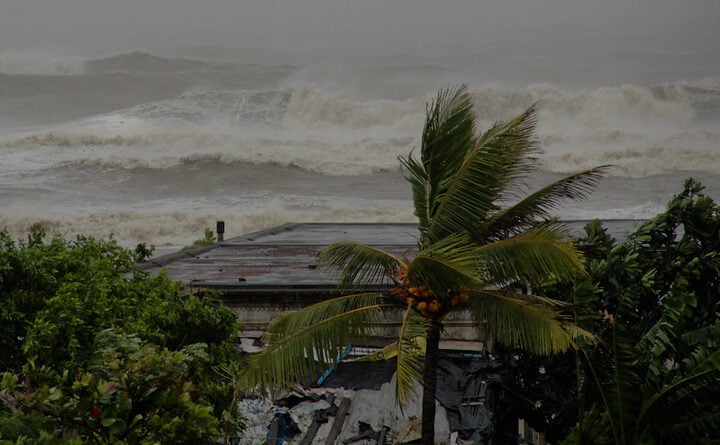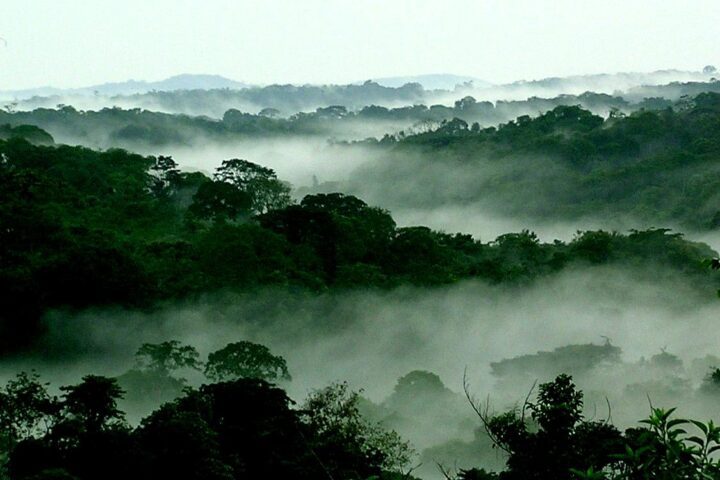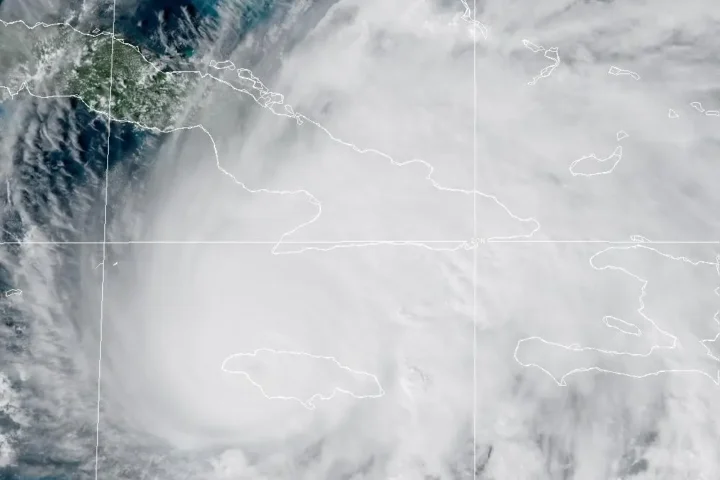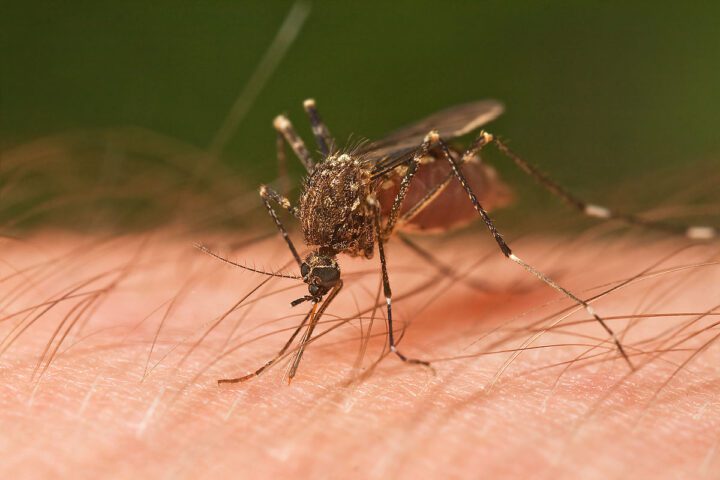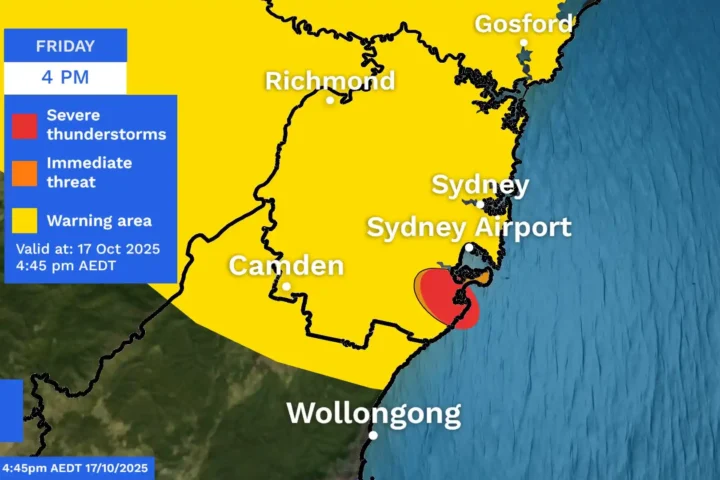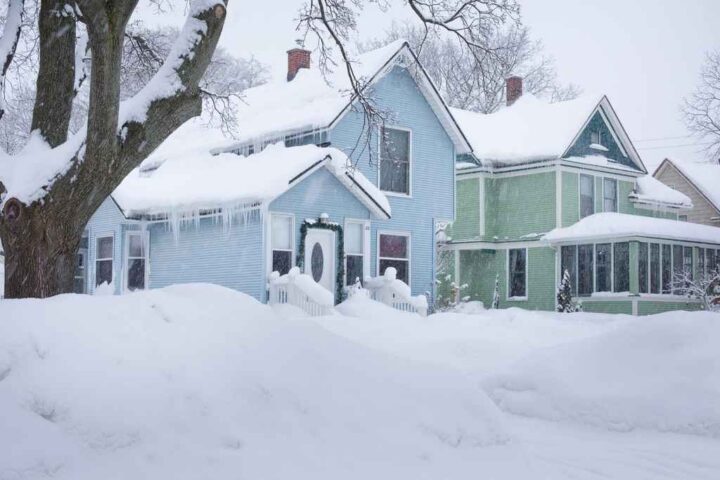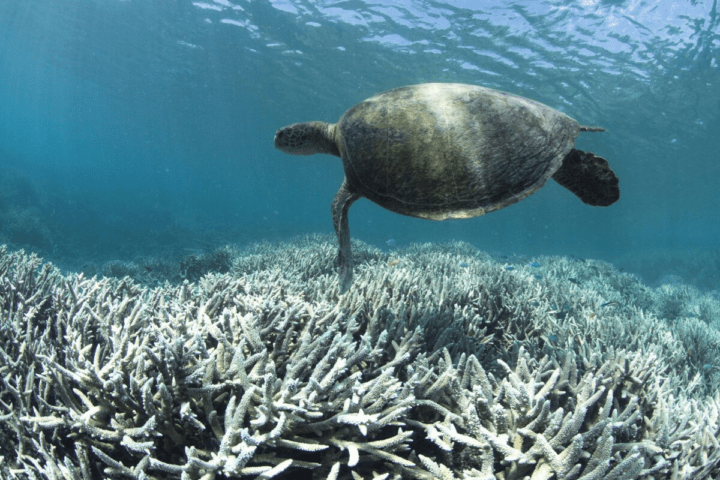The bowhead whale, a massive sea creature that can weigh as much as 100 tons and live over 200 years, is in trouble. These giants, which swim in the cold northern waters of our planet, could lose up to 75% of their living areas by the year 2100 because of climate change.
“65 to 75 percent of the bowhead whale’s habitat will disappear during this century,” says Nicholas Freymueller, who led the research at the University of Copenhagen. “This will have enormous consequences for the whale’s distribution and future survival.”
The problem is simple but serious: the ice is melting too fast. Bowhead whales need areas with a specific amount of summer sea ice – between 15% and 30% coverage. They’ve lived in these conditions for nearly 12,000 years.
One group of these whales living in the Sea of Okhotsk, between eastern Siberia and Japan, faces the worst outlook. Their summer home could vanish completely by 2060.
“When we compare our knowledge of the ice cover since the end of the previous ice age with fossil records and whalers’ catch logs, we can see the bowhead whale has preferred to live in areas with 15-30 percent summer sea ice,” explains Professor Eline Lorenzen, who worked on the study.
The few places that might still have the right ice conditions in the future will be in deeper ocean waters. This creates another problem. “They are outside the continental shelf, where the water is much deeper, and therefore there is not as much food,” says Lorenzen.
Similar Posts
The Arctic is heating up faster than other parts of the world. In March 2025, scientists recorded the lowest winter ice coverage ever measured. This affects many animals besides bowhead whales.
The “Last Ice Area” north of Greenland, once thought to be a safe zone for ice-dependent animals, could disappear within ten years after the central Arctic Ocean first becomes ice-free in summer, expected around 2050.
Polar bears are suffering too. The population of Western Hudson Bay has already dropped by half. Scientists predict a 30% drop in global polar bear numbers by 2050 if current trends continue.
When Arctic ice melts, it affects everyone on Earth. The bright white ice normally reflects sunlight back to space. Dark ocean water absorbs this heat instead, making the planet warmer. Melting ice raises sea levels and changes weather patterns worldwide. Thawing ground in the Arctic releases stored greenhouse gases, creating a cycle that speeds up warming.

Can scientists reverse this trend? The most important solution is reducing greenhouse gas emissions globally. Protecting remaining critical habitats through marine protected areas and international agreements offers some hope.
“Our models contribute crucial knowledge for the global management of the species by mapping habitats likely to be lost in the coming decades,” says Lorenzen. “The study shows how knowledge of the past can improve our predictions about the future.”
